June Havoc
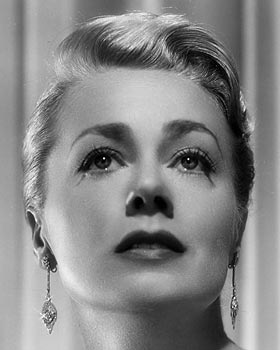
Stars


June Havoc began working professionally at the age of 2. By the time "Baby June" was 4, she already had made numerous film appearances. By 7, she was earning $1,500 a week as a top child star on the vaudeville circuit.
In her biography "Early Havoc," published in 1959, she wrote that her childhood success was followed by lean years during the Depression, when the vaudeville circuit she'd grown up performing in fell apart.
Havoc was brought up by a fiercely ambitious backstage mother. Her older sister was the well-known burlesque star Gypsy Rose Lee, whose 1957 memoir became the stage musical and film "Gypsy." At 14, June took off to get married.
"And I hadn't a clue what I was doing," she said in a 1980 interview with the Los Angeles Times. "When the registrar, without looking up, asked me, 'Do you have VD?' I answered brightly: 'Of course!' "
Havoc made a comeback in 1941 on Broadway, starring first in Rodgers and Hart's "Pal Joey." Her 42 major film roles included "Gentleman's Agreement" (1947) and "Brewster's Millions" (1945)
In 1986, she wrote to The Times' obituary editor, listing some of her accomplishments. "Please take this information into your obituary files (for your eventual use)," she wrote. "These are the facts on this life and I'm a stickler for facts."
In the letter, Havoc noted that she had guest starred on "The Paper Chase" and appeared with the Village People in "Can't Stop the Music" (1980).
Among other highlights, she included: a Tony Award nomination for best director for her 1963 staging of "Marathon '33" — a play she wrote based on her novel "Early Havoc" — and her 1978 restoration of Cannon Crossing, a pre-Civil War village and business enclave in Wilton, Conn.
She made no mention of her burlesque-star sister, her three marriages or her daughter, April Hyde, who did some acting as April Kent.
Related stars
|
|
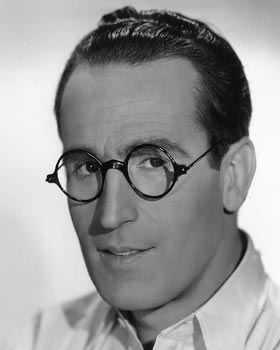
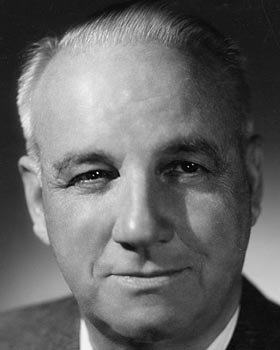
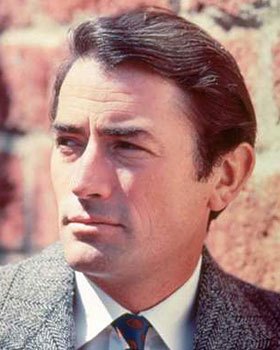
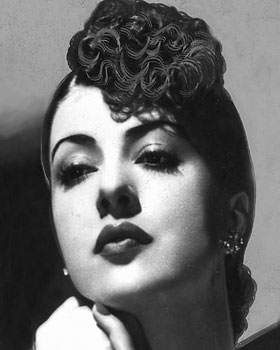
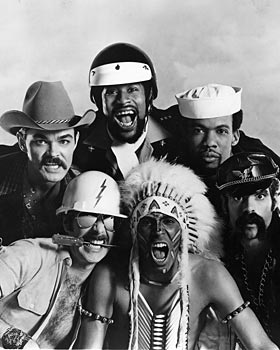
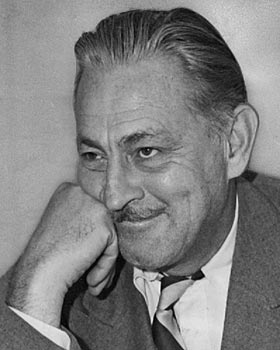
Share a thought about June Havoc